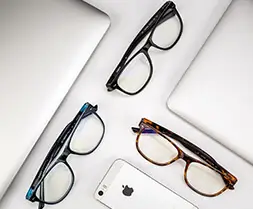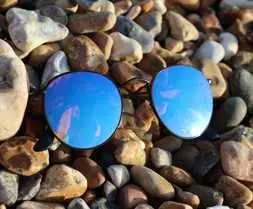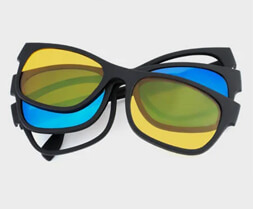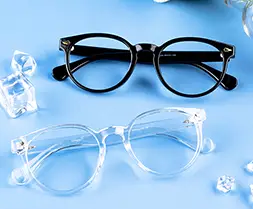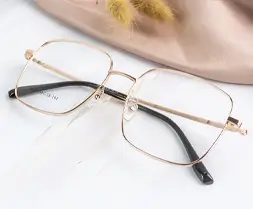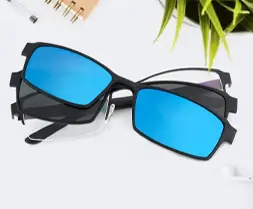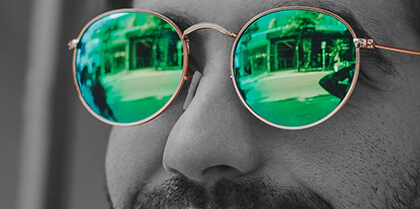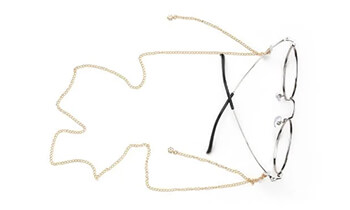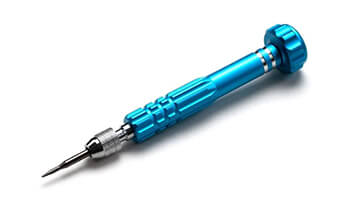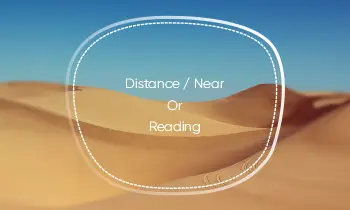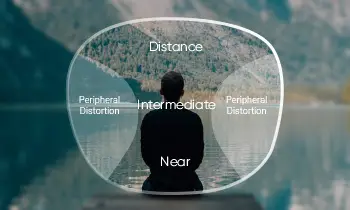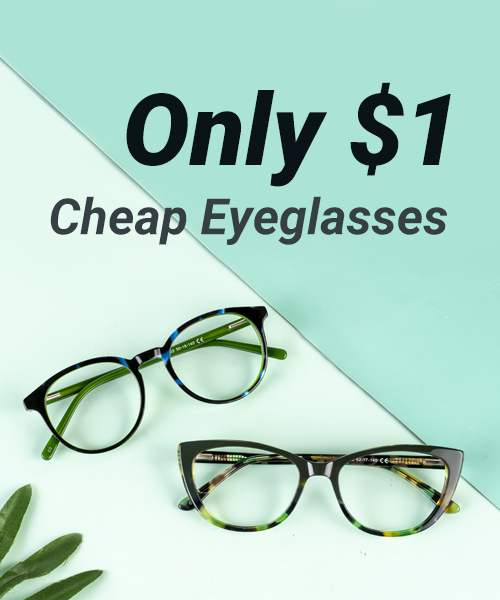Many people put on their prescription eyeglasses and never take them off when they get nearsightedness. But then some people choose to take off their nearsighted eyeglasses when they look at their phones or read a book when in near use of their eyes. So the question arises: do I need to wear my eyeglasses all the time? Is it better to wear prescription eyeglasses or not when reading a book or looking at a cell phone, or for other near-eye use?
What happens when wearing nearsighted eyeglasses while reading?
The only way to answer this question is to figure out which way is more likely to deepen nearsighted prescriptions.
We are nearsighted because we use our eyes excessively, like extended periods of close eye use, poor lighting or reading, too small or blurry handwriting, lack of outdoor activities, and other factors. All the activities will put the ciliary muscle in a state of fatigue for a long time, and nearsightedness naturally arises.
When you wear eyeglasses and read a book or play with your phone, the workload of the eye's ciliary muscle increases exponentially. In addition, the eye adjustment of nearsightedness and the eye adjustment of wearing prescription eyeglasses make the ciliary muscle overwhelmed, and nearsightedness worsens.
What happens when reading a book without eyeglasses?
First of all, you should know that nearsightedness cannot see far enough to see close, so as long as your myopia is not particularly severe, there is no pressure to play with your phone or read a book at close range without prescription glasses.
This is because when myopia stabilizes, the ciliary muscle adapts to the current refractive state and does not require unique adjustment when looking close. So when you play with your phone or read a book, you will be less likely to get tired, and your myopia will be less likely to deepen; be careful not to get too close.
So, the answer is obvious. Nearsighted people reading books or playing on cell phones without prescription eyeglasses is better; wearing eyeglasses while reading is more likely to aggravate nearsighted prescription.
But be careful
, don't think about it, and take off your nearsighted eyeglasses all the time, because this view is one-sided; it only applies when you look at the near. When you look at the distance without prescription eyeglasses, the ciliary muscle is far from adequate to allow you to see clearly. This is why so many people will habitually squint. In addition, when you look far side without prescription glasses for a long term, your eye's visual sensitivity decreases, causing visual impairment.
And if clear visual signals do not stimulate the eyes for a long time, the ciliary muscles will regulate frantically to let you see clearly. Over time, it is easy to make your prescription stronger and produce more problems, such as strabismus, amblyopia, etc.
In short, we have to follow one principle: take it off when you can near, and wear it as needed at a distance. If you can read the words on the book within 30cm, then you can read books, cell phones, and various near objects without glasses; but if you are driving, walking and need to see distant objects, it is better to keep your prescription eyeglasses on and not force them.



